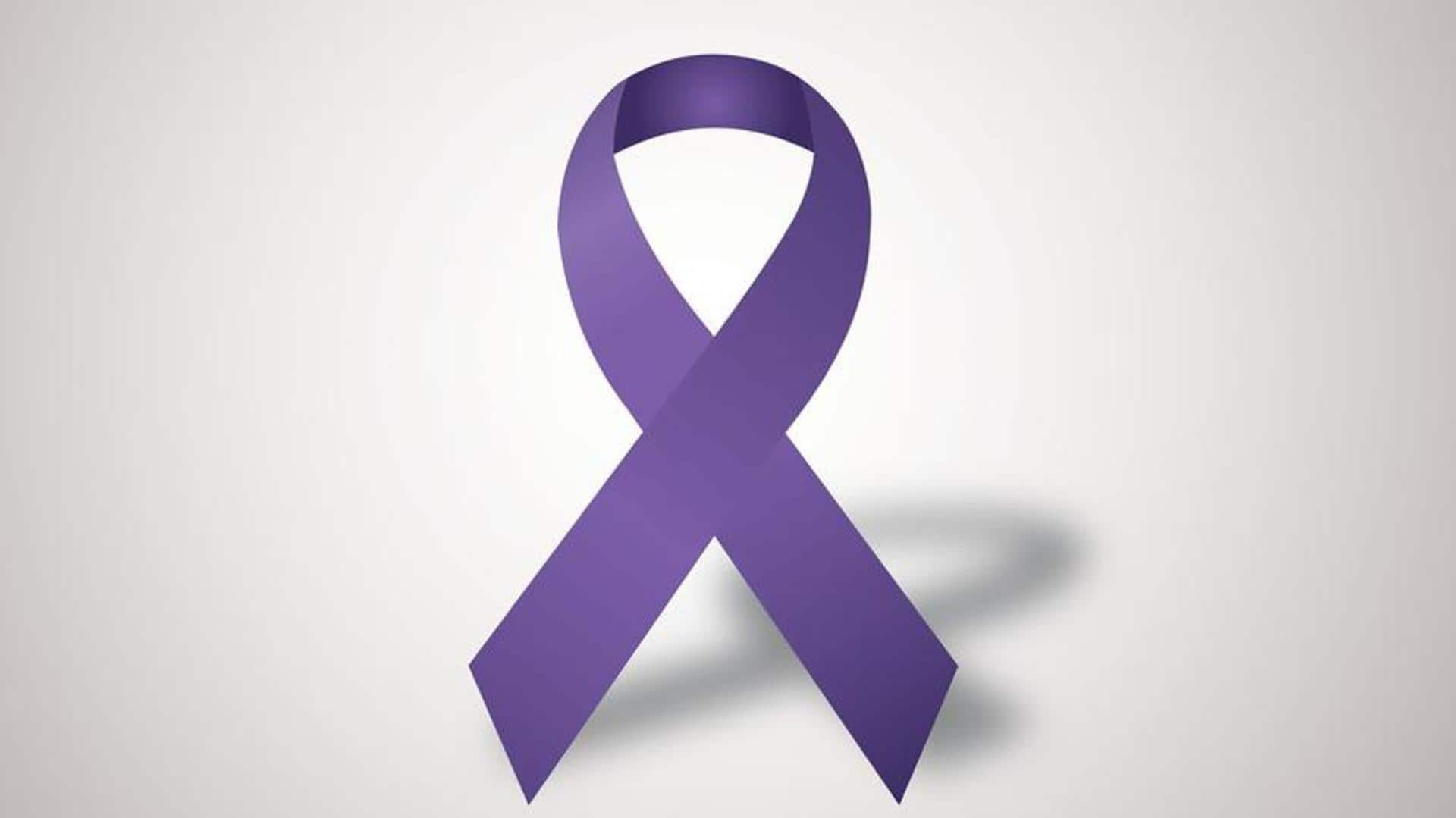
World Cholangiocarcinoma Day: Symptoms, risk factors, and treatment
What's the story
World Cholangiocarcinoma Day is observed on the third Thursday of February every year. The goal of observing this day is to bring attention to this rare cancer and to encourage people to learn more about it so that early diagnosis and treatment can be facilitated. On this occasion, let us get to know about its symptoms, risk factors, treatment, and other significant details.
Bile duct cancer
What is cholangiocarcinoma?
Cholangiocarcinoma, or bile duct cancer, is a type of cancer that begins in the bile duct cells. Though this cancer is rare, it is extremely aggressive, and the overall survival rate is low. The Cholangiocarcinoma Foundation launched World Cholangiocarcinoma Day to increase awareness about the illness and fund research efforts to develop improved treatments and, eventually, a cure.
Stages
Stages of the cancer
Cholangiocarcinoma is typically staged based on the extent of the cancer and how far it has spread. The stages, designated by a number between 0 and 4, describe how advanced the cancer is and helps your doctor develop a treatment plan. Doctors stage bile duct cancer by evaluating the size of the tumor and determining its spread to other areas.
Symptoms
Symptoms of cholangiocarcinoma
Some people with early-stage cholangiocarcinoma may not show any symptoms. However, symptoms are more likely to occur as the tumor progresses and bile ducts become blocked. Also, it can vary depending on the location and size of the tumor. Some possible signs of bile duct cancer include jaundice, itchy skin, fatigue, pale-colored stools, fever, abdominal pain, unexplained weight loss, and changes in bowel habits.
Risk factors
What are the risk factors?
The exact cause of cholangiocarcinoma is not known, but several risk factors have been identified. The risk of bile duct cancer increases as a person gets older. Primary Sclerosing Cholangitis, a rare liver disease that causes inflammation, chronic biliary tract inflammation, and certain liver diseases like cirrhosis, hepatitis B, and hepatitis C, increases the risk of bile duct cancer.
Treatment
What are the treatments involved?
The treatment depends on the stage of cancer, as well as the individual's overall health and other factors. Early-stage cholangiocarcinoma can often be treated with surgery, while more advanced stages may require a combination of treatments, such as chemotherapy, radiation therapy, palliative care, and targeted therapies. A multidisciplinary team of healthcare professionals, including oncologists, surgeons, and other specialists is involved in its treatment.